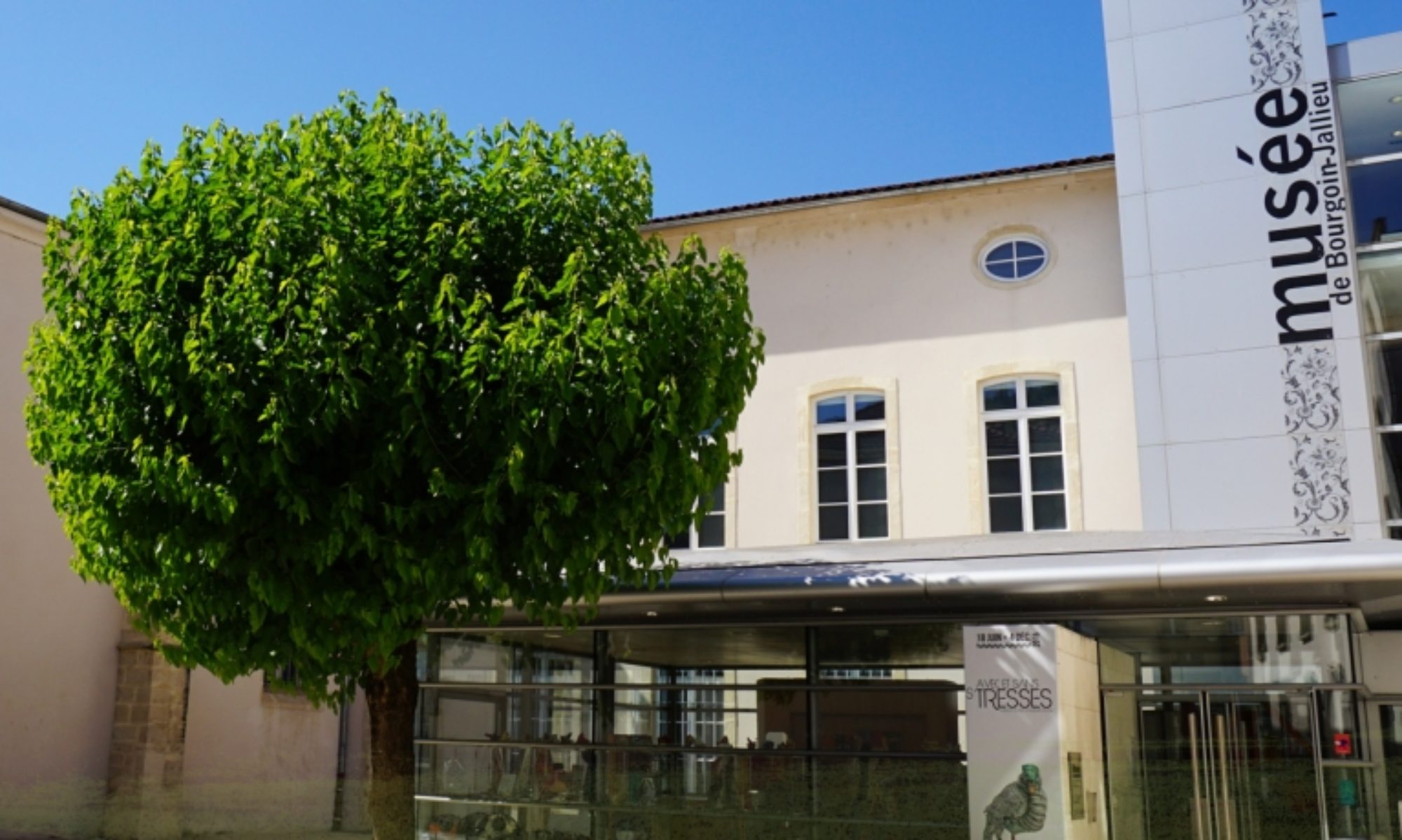Stencil printing has been practiced in China since the 12th century.
Stencils have to be made from relatively sturdy paper which does not warp. This paper was produced by boiling mulberry bark in an herbal solution combined with ashes. The resulting mixture was then reduced to a pulp and blended with rice glue.
The mixture, spread on rectangular screens, was then pressed in order to extract the water. The very thin sheets were then dried in the sun.
To create a stencil, several of these sheets were glued together with persimmon juice. After being aged for two to three years, the stencil could finally be completed.
The patterns were cut by hand with a sharp tool , following the lines of a previously drawn pattern. However, the process was complicated by the fact that all elements of the design needed to be connected. Some designs with “floating” elements could not be produced unless “bridges” were used to link them. The printers had to attach these elements with silk thread or human hair. In this way, the coherence of the pattern was preserved, with all “floating” elements connected.
The design would first be sealed with a rice paste applied byspatula, and then the entire piece of fabric would be dyed by brush. The loose threads, rolling with the brush, would not leave any marks. As the part coated with rice glue remained undyed, the pattern would appear white on a colored background. The final step involved using brushes to touch up the design or correct any smudges.

